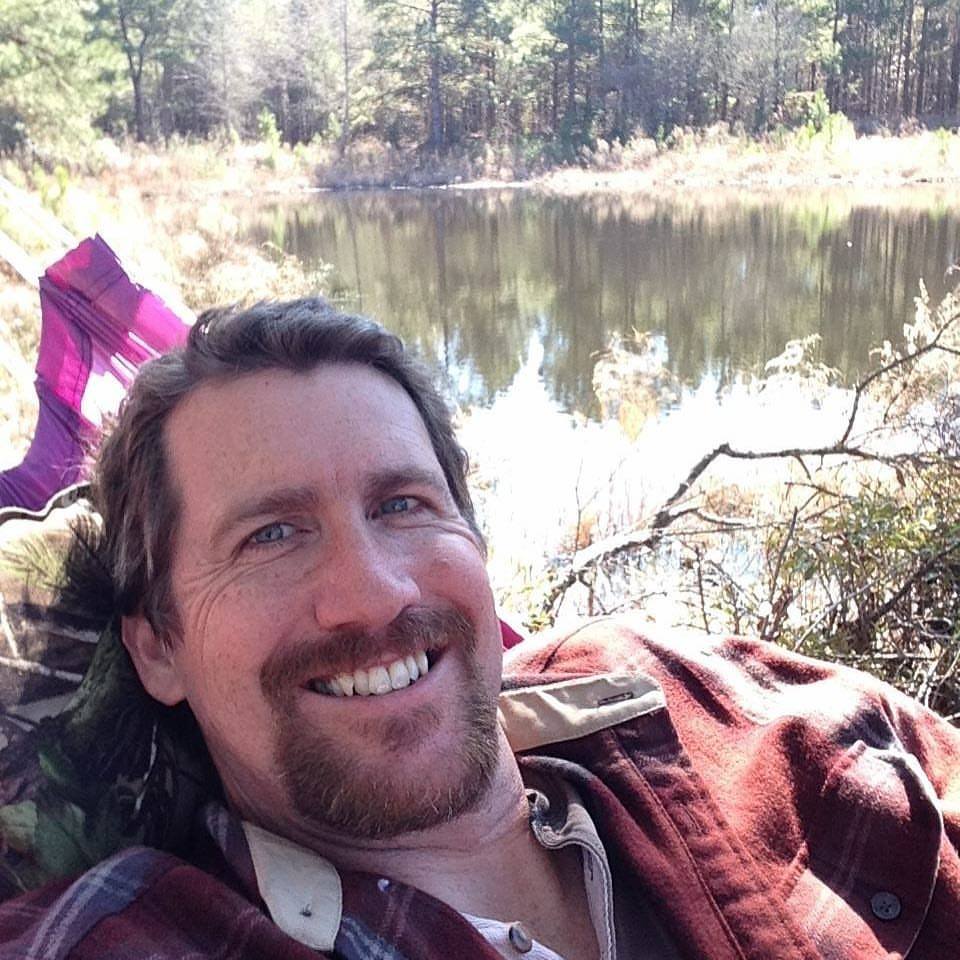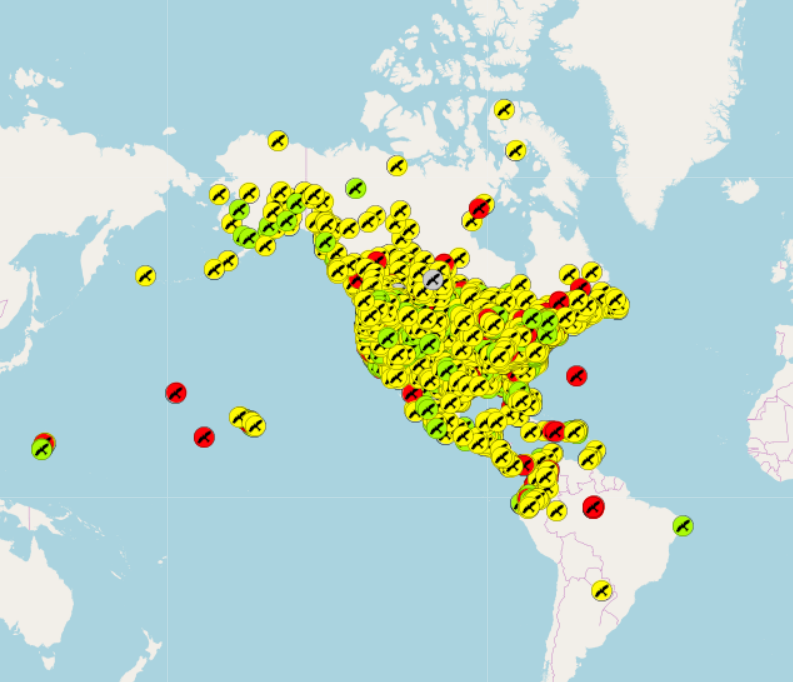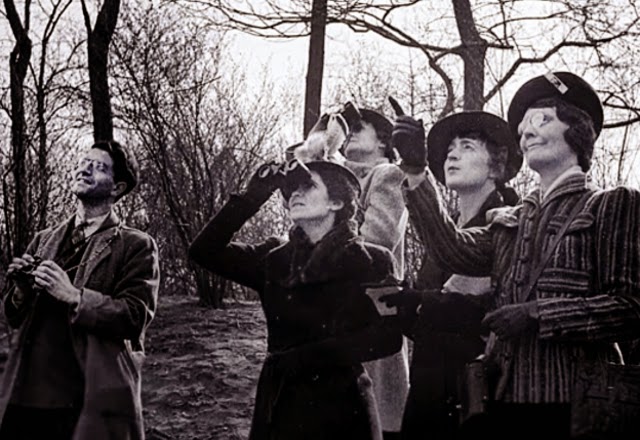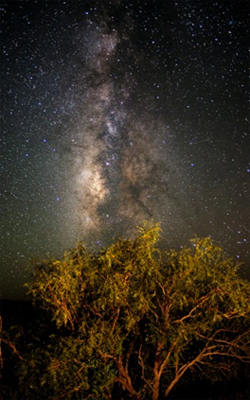Foraging for Food in the Wild
Tuesday, October 31st, 2017
Mark “Merriwether” Vorderbruggen. Image is from his Facebook page: https://www.facebook.com/ForagingTexas/
This is Passport to Texas
By day, Mark Vorderbruggen is a chemist who works in research and development in Houston. By night he is Merriwether – plant forager extraordinaire.
Foraging is how we used to get food before HEB or Krogers or agriculture.
Foraging involves finding and harvesting food from the wild plants around you. Merriwether teaches people how to identify edible plants via his website Foraging Texas, and during workshops.
The running joke for years [was] that my classes were 50% hippies and 50% survivalists. In both cases, they were people that had some concerns about their food sources. It spread out from that into people who are just looking for new experiences, new flavors – looking for new ways to impress their friends.
Before you head outdoors to forage your next snack…
First thing you have to keep in mind is in the state of Texas, it is illegal to take plant material from a piece of property without the property owner’s permission. I will tell you right now: state parks, city parks – you will never get permission there. They don’t want people ripping up the plants.
Yet, state parks, Like Washington-on-the-Brazos, invite Merriwether to facilitate edible plant identification walks.
He has two coming up November 4th, find details in the calendar section of the Texas Parks and Wildlife website or on tomorrow’s show.
For Texas Parks and Wildlife, I’m Cecilia Nasti.







 Passport to Texas is a
Passport to Texas is a  Passport to Texas is made available by:
Passport to Texas is made available by: